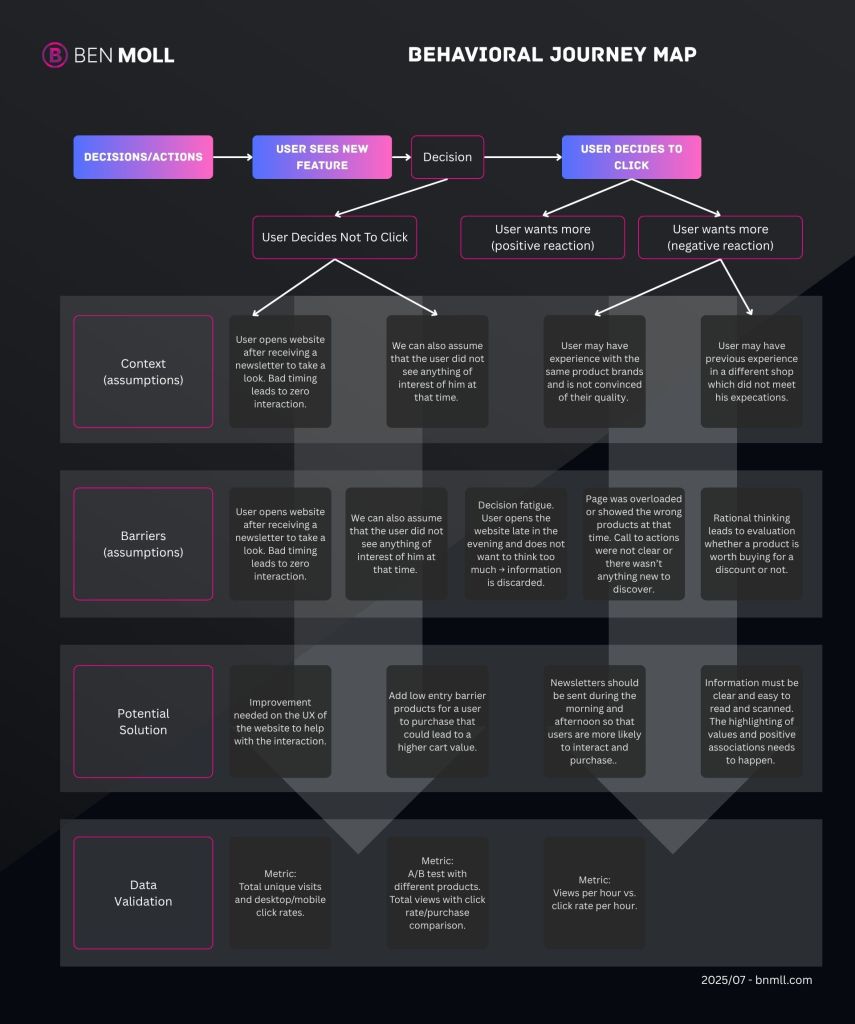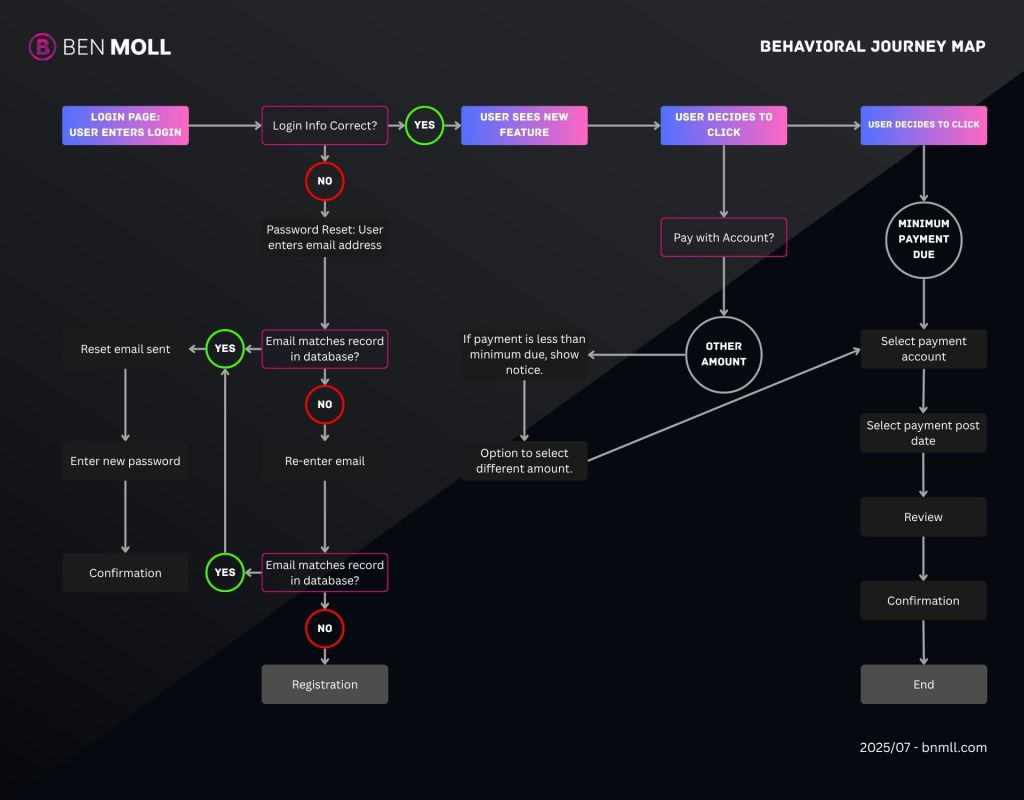Strong UX (user experience) design principles are no longer just nice-to-have—they’re critical to maximizing marketing ROI. As marketing leaders and tech-savvy decision-makers, understanding how to integrate advanced, conversion-focused UX design strategies can unlock significant growth and competitive advantage. This article explores essential UX design principles that marry creativity with data-driven insights, ensuring every interaction nudges prospects closer to conversion.
By incorporating behavior-driven UX strategies and ROI-driven user experience best practices, your digital presence can become a powerful sales and engagement machine. Whether refining micro-interactions for conversion optimization or leveraging CRO-friendly design patterns, comprehensive UX design elevates both brand reputation and bottom-line performance.
Why UX Design Principles Matter for Marketing Leaders
Marketing leaders must recognize that UX design is not just about aesthetics or usability—it’s a strategic lever to influence customer behavior. Applying advanced UX design principles enhances customer satisfaction, reduces churn, and optimizes conversion rates.
- Customer-centric design leads to more meaningful brand engagement.
- Seamless navigation decreases drop-offs and friction points.
- Optimized content layout increases clarity and call-to-action effectiveness.
According to Nielsen Norman Group, poor UX can cause up to a 90% bounce rate on websites (source), underlining why applying the right UX design principles is crucial for marketing ROI.

Conversion-Focused UX Design: Turning Visitors Into Customers
Conversion-focused UX design centers on guiding users through carefully crafted experiences that influence decision-making. It’s about more than just aesthetics; it requires a blend of psychology, data, and interaction design to reduce friction and motivate action.
- Use clear and compelling calls to action (CTAs) positioned logically throughout user journeys.
- Simplify forms with progressive disclosure to reduce user fatigue.
- Leverage visual hierarchies that spotlight key conversion drivers.
Effective conversion-focused UX design relies heavily on understanding user intent and removing obstacles that may cause hesitation. This results in higher conversion rates, ultimately impacting the marketing ROI positively.
Behavior-Driven UX Strategies for Enhanced Engagement
Behavior-driven UX strategies analyze user data and behaviors to tailor experiences that resonate on a personal level. By tracking how users interact—click patterns, scrolling, dwell time—you can craft highly adaptive, relevant user experiences.
Strategies may include personalized content recommendations, dynamic interface adjustments, and targeted messaging based on user segmentation. Data from behavior-driven UX initiatives can inform design decisions and help marketers optimize touchpoints precisely.

Implementing Micro-Interactions for Conversion Optimization
Micro-interactions are small, subtle animations or feedback mechanisms that improve the user experience and can drive conversion optimization significantly. Thoughtful micro-interactions can:
- Provide immediate feedback on actions such as button clicks or form submission.
- Reduce perceived wait times during page loads or transitions.
- Guide users visually toward the next logical steps without interrupting flow.
By embedding micro-interactions within your design system, you can create a more intuitive and engaging interface that encourages incremental commitments, which increase overall conversion rates.
ROI-Driven User Experience Best Practices to Maximize Impact
Marketing ROI improves when UX design is tied directly to measurable business outcomes. ROI-driven user experience best practices include:
- Consistent A/B testing to validate UX changes and conversion gains.
- Data integration from analytics platforms to continuously refine user flows.
- Alignment of UX objectives with overall marketing KPIs.
- Ensuring accessibility and inclusive design to widen reach and reduce churn.
Companies that systematically apply ROI-driven UX principles report higher customer lifetime value and lower acquisition costs (Forbes Tech Council).
CRO-Friendly Design Patterns: Proven Frameworks to Boost Conversions
Conversion Rate Optimization (CRO) friendly design patterns are templates and UX frameworks recognized for delivering consistent conversion improvements. These patterns involve:
- Strategic placement of CTAs and anchor elements near focal points.
- Minimalist layouts that reduce distractions and highlight offers.
- Progressive onboarding experiences to educate and engage users step-by-step.
- Trust signals including reviews, testimonials, and security badges prominently displayed.
Implementing these CRO-friendly design patterns in line with your brand voice and target audience needs can systematically lift marketing ROI.
Leveraging UX Design Principles with Emerging Technologies
The intersection of AI, machine learning, and advanced UX design principles is unlocking unprecedented personalization and efficiency in marketing. Tools powered by AI can analyze vast user data sets to automate behavior-driven UX adaptations in real time—boosting relevance and conversion efforts without manual overhead.
Examples include AI-driven chatbots that deliver contextual assistance, personalized product recommendations, and dynamically tailored user interfaces. Marketers who invest in these technologies align themselves with future-ready UX strategies.
Summary: Top 5 Takeaways for Marketing Leaders
- Applying advanced UX design principles directly impacts conversion rates and marketing ROI.
- Conversion-focused UX design drives users toward desired actions by simplifying flows and emphasizing CTAs.
- Behavior-driven UX strategies utilize real user data to customize experiences for engagement and retention.
- Micro-interactions for conversion optimization refine user feedback and encourage progression without disruption.
- ROI-driven user experience best practices ensure design decisions are validated and aligned with measurable marketing goals.
Ready to transform your digital marketing strategy with cutting-edge UX design principles? Request a consultation with our UX experts today!






